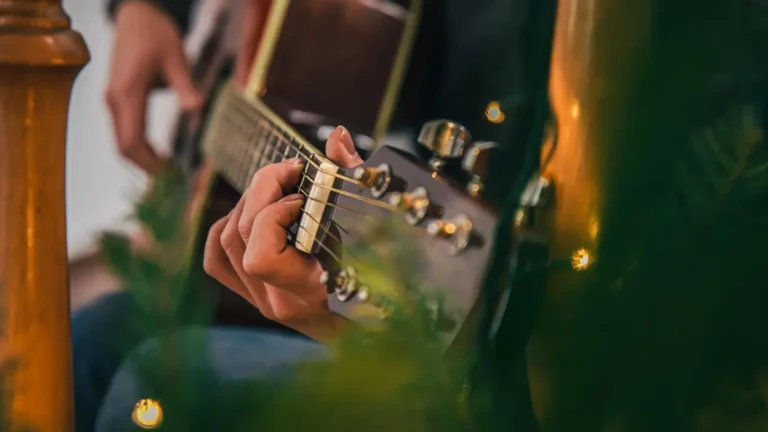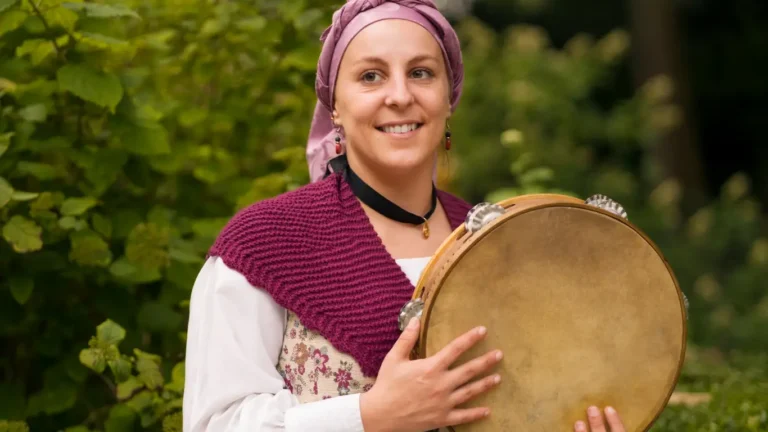Iranian traditional Instruments are deeply rooted in history, representing cultural variety and artistic expression in Iran. This tradition is represented by several unique instruments, each of which played an important role in the cultural identity of Persians.
This article focuses on some of the most iconic Iranian traditional instruments and their historical background in terms of their meaning to this culture, with insights from Navasaz Academy.
The Rich Heritage of Iranian Traditional Instruments
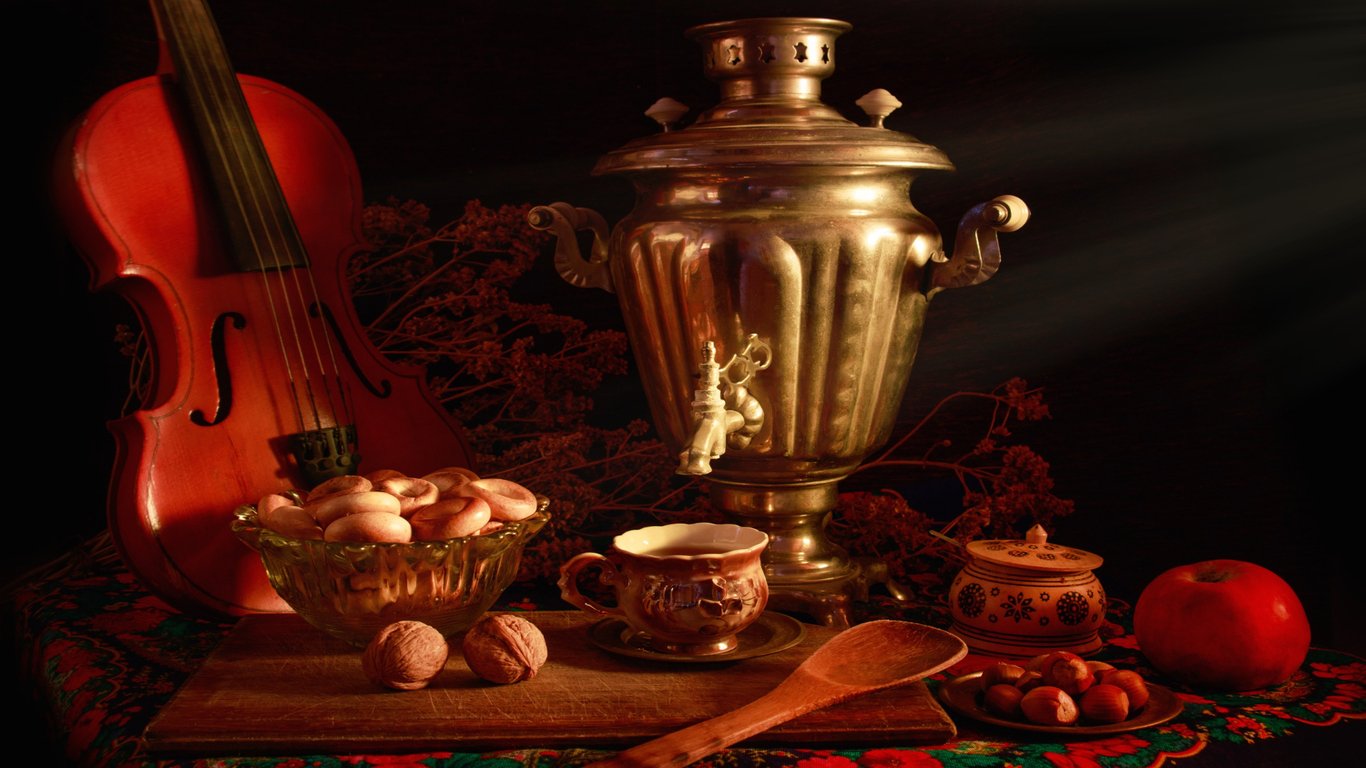
Iranian traditional music, or Persian classical music, as it is more commonly known, dates back several thousand years. It contains a wide range of instruments and methods that shape Iran’s cultural landscape with unique sounds.
The development of Iranian traditional instruments has been influenced widely by the interactions with neighboring civilizations, thus elaborating an expansive musical heritage.
Music plays a vital role in Iranian cultural and ritual ceremonies, celebrations, and even spiritual practices. A study of these instruments not only links one to Persian history but also aids in a greater appreciation of melodies and techniques that have been passed down through generations.
The Navasaz Academy provides an interested individual with the means to study these instruments and practice Iranian traditional music under the tutelage of experienced instructors such as Ali Massoudi and Padideh Ahrarnejad.
Iconic Iranian Traditional Instruments
1. Setar
Setar is a Persian stringed musical instrument that falls into the traditional category. Characterized by its fragile sound, this instrument possesses a long neck and a small, pear-shaped, wooden body made, in general, of mulberry wood. The Setar contains four metal strings and is capable of producing a wide range of sounds, from soft and melodious to strong and expressive, which suits classical Persian music very well.
Its history goes back to ancient Persia, as it’s related to spiritual music and Sufi rituals. Nowadays, the Setar still is one of the principal instruments for playing Iranian classical music, and it’s often used in solo performances or to accompany vocals.
2. Tar
Another key instrument in Persian classical music is the Tar, taking the form of a double bowl, an instrument with six strings. The word “Tar” means “string” in Persian and thus shares properties with other string instruments in the Middle East and Central Asia.
Its resonant tone makes expressive playing possible, and it fits improvisation, which is the root of Iranian traditional music. The Tar’s distinctive shape and sound have made it a favorite in both historic and modern Persian music performances.
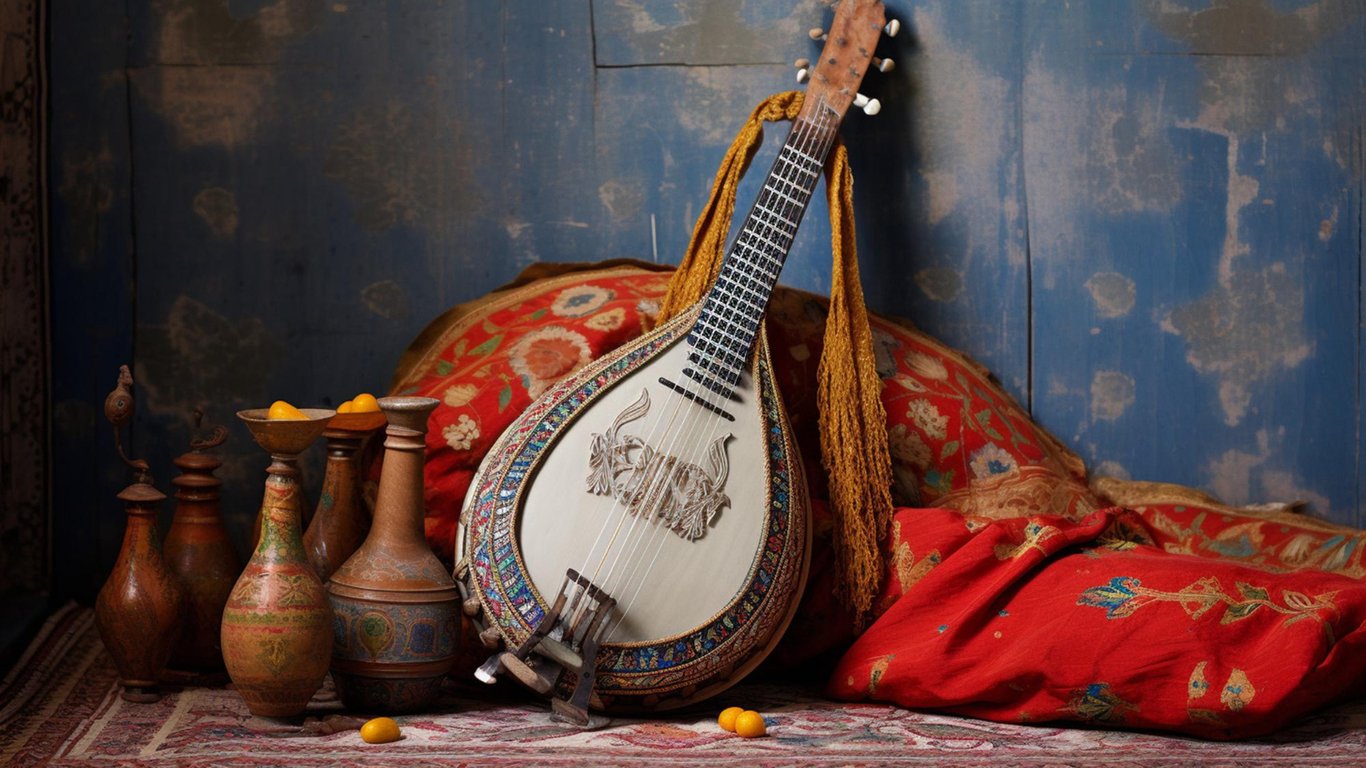
3. Santur
The Santur is a trapezoidal-shaped hammered dulcimer with many strings, which are struck by a light wood hammer called a “mezrab.” It provides a bright ringing sound that adds great warmth to the sound of the ensemble.
The Santur originates from ancient Persia and has, in turn, influenced other instruments in neighboring cultures. It is an important instrument in Persian classical compositions, capable of a wide array of musical expressions.
4. Ney
The Ney is a Persian wind instrument almost customarily made from reed. It is among the oldest instruments that are still in use today, and it comprises one of the major ingredients in Persian classical music performances. The Ney is one of those instruments whose sounds can easily be associated with the soul; hence, it might be used to carry a deep sense of emotion in performances.
In order to produce a sound, players must blow into the Ney at an angle; it therefore takes a lot of expertise to master this woodwind instrument. Learning to play the Ney is even very spiritual since its tones are often associated with Sufi music and meditation.
5. Daf
Daf is a great frame drum, taut with animal skin, and it is the most widespread instrument in Persian folk music, Sufi ceremonies, and traditional performances. The rhythmic patterns played on the Daf are an essential part of every kind of Iranian music and give a dynamic energy to the performance.
In Sufi music, Daf is applied in the rituals of “Sama”, where the attainment of spiritual states is by rhythmic chant and movement. Versatility allows Daf to be played in a wide array of musical genres from classical to contemporary.
6. Kamancheh
The Kamancheh is a string-bowing instrument, like the violin, but with a longer neck and spherical body. It was adopted into Persian classical music for its wide range of tones, from deep and somber to high-pitched and lively.
Kamancheh has an exceptional role for being expressive in both solo and ensemble performances normally complemented by Tar and Setar. The Kamancheh is a forerunner to many of the world’s bowed instruments.
Learning Iranian Traditional Instruments at Navasaz Academy
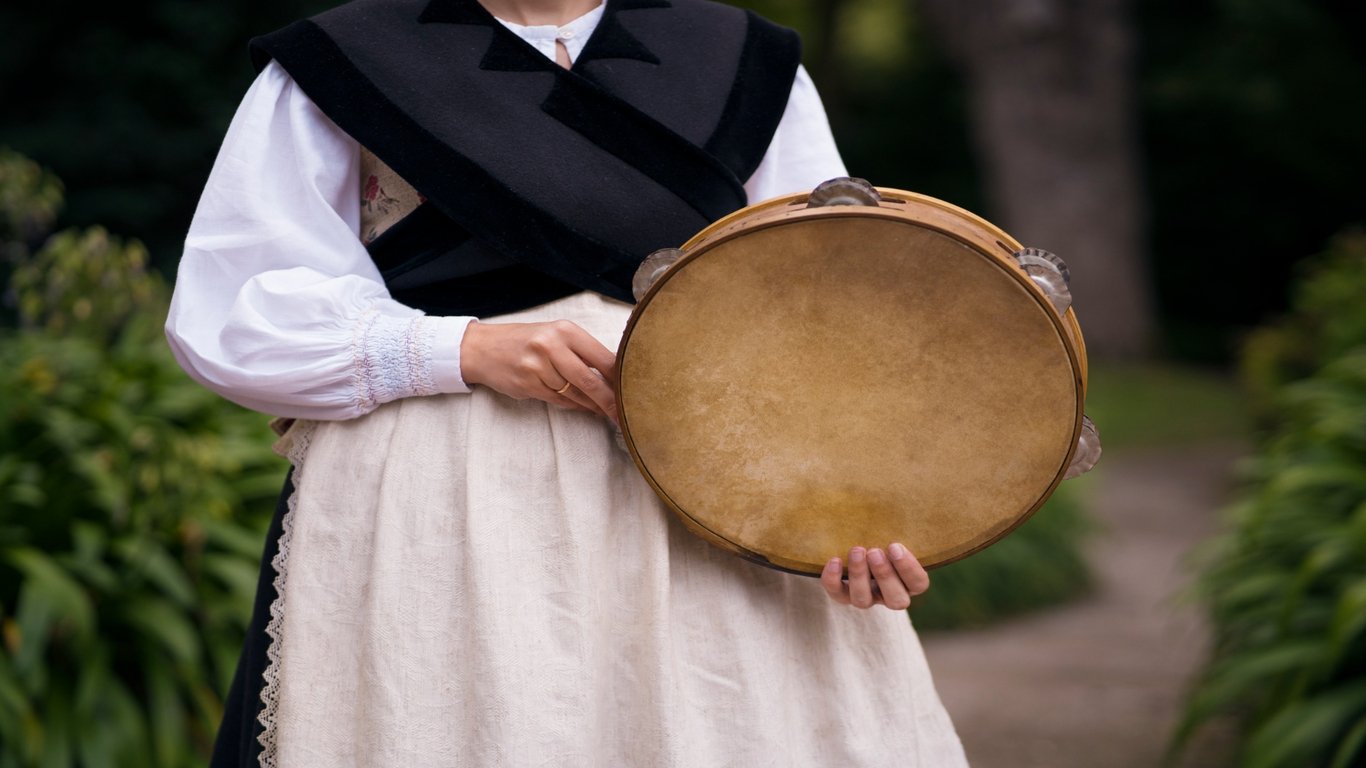
In case somebody wants to learn more about Iranian traditional instruments, Navasaz Academy can provide an extensive course taught by highly qualified teachers. The academy teaches not only the technical skills needed to play these instruments but also the cultural and historical meaning given to this kind of music.
Preservation of Iranian Traditional Instruments
Preservation of traditional Iranian instruments is an important part of the cultural heritage, and many of them have participated in shaping the music of this country for centuries. And such organizations and institutions, like Navasaz Academy, contribute to this preservation through education and promoting the performances of Iranian classical music. All of this serves to raise awareness of Persian instruments and introduce Iranian Classical Music to the global world.
Exploring Iranian Traditional Instruments in Modern Uses
While deeply rooted in tradition, Persian instruments are also finding their place in modern music.
Several contemporary musicians merge the sounds of instruments such as the Santur, Tar, and Daf with Western styles into one-of-a-kind compositions with a broader, worldwide appeal. This not only offers Iranian music a whole new dimension but also enables traditional instruments to keep abreast with the global tone of today’s music.
Conclusion
Iranian traditional instruments are not only tools for creating music but have come to symbolize the cultural heritage of Iran. Learning these instruments provides a link with the history, spirituality, and artistry of the human soul expressed in Persian music.
The students could take these musical instruments through institutions such as Navasaz Academy with the help of skillful instructors like Ali Massoudi and Padide Ahrarnejad who are devoted to their job of preserving and innovating Iranian classical music.
Learn the rhythmic beats of the Daf, the soulful tones of the Ney, or even the intricate melodies of the Santur whole world of musical tradition is waiting to be uncovered. Let the beauty of Iranian traditional music instruments sweep you up and muse your musical journey.
To learn more about the various classes and workshops, please visit Navasaz Academy’s website today. Then, embark on a fascinating journey through music.
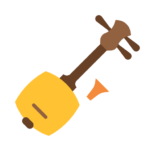 String Instr
String Instr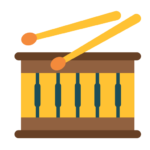 Percussion Instr
Percussion Instr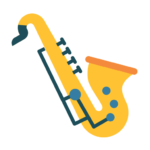 Wind Instr
Wind Instr Keyboard Instr
Keyboard Instr Tools
Tools Books
Books